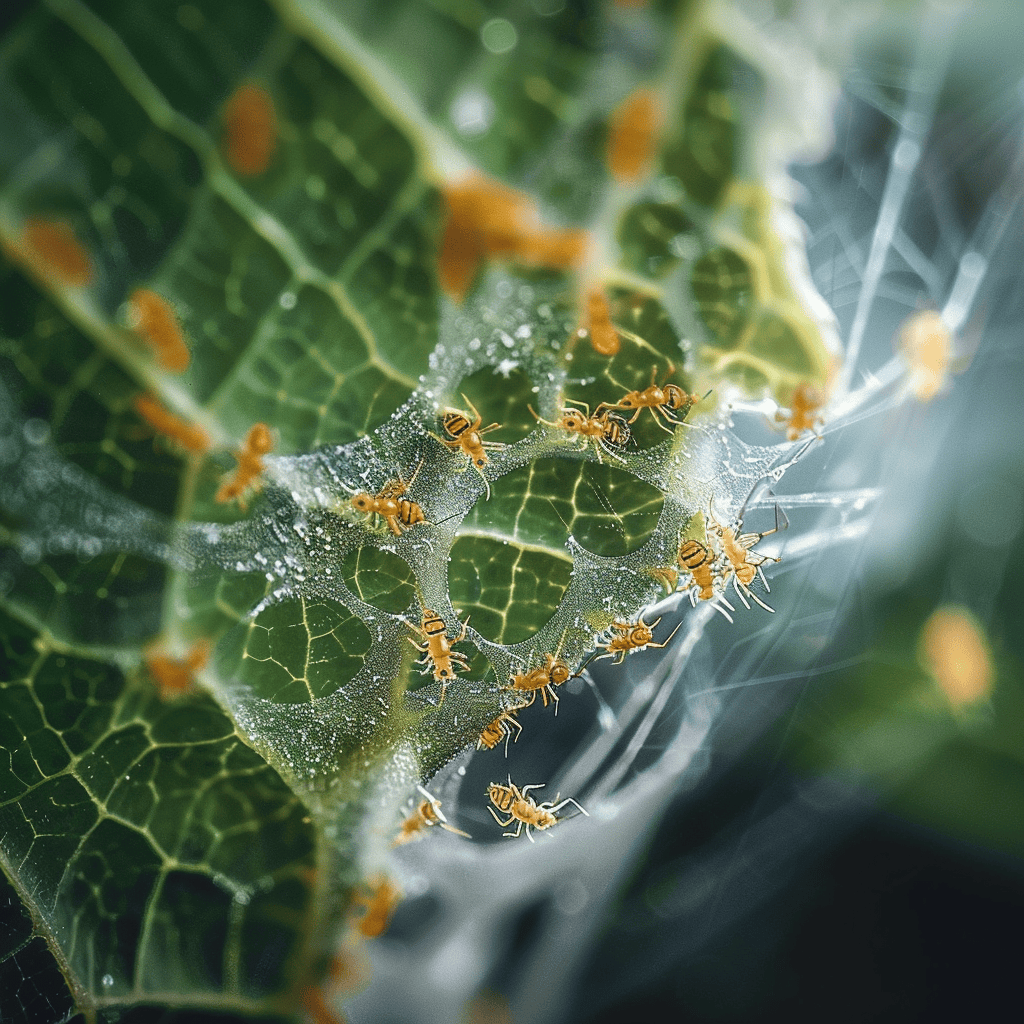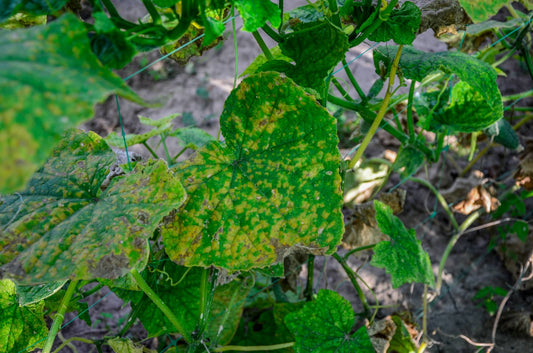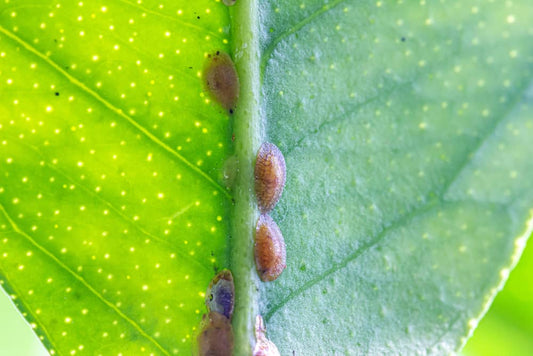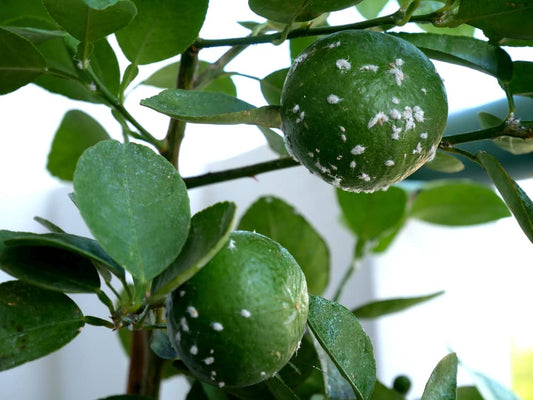Introduction to Hydroponic Systems and Spider Mite Challenges
Hydroponic systems have transformed the way we grow plants, offering efficient and sustainable methods for cultivating fruits, vegetables, and ornamentals. However, these systems face challenges, particularly concerning pests like spider mites. These tiny arachnids can devastate hydroponic plants, underscoring the need for effective management strategies.
Understanding Hydroponics and Its Benefits
Hydroponics, the art of growing plants without soil, utilizes nutrient-rich water solutions to nourish them. This method conserves water and land while also accelerating plant growth, making it an ideal choice for commercial growers and home gardening enthusiasts alike.
The Menace of Spider Mites in Hydroponic Environments
Spider mites, particularly Tetranychus urticae, represent a significant threat to hydroponic systems. Measuring less than 1mm, they can appear red, green, or yellow. These pests harm plants by feeding on their sap, leading to stippled or spotted leaves and, in severe cases, plant death.
Life Cycle of Spider Mites: A Hydroponic Grower's Overview
Understanding the rapid life cycle of spider mites is essential for managing their populations. Under ideal conditions, they can develop from egg to adult in as little as 5 to 20 days, enabling populations to surge in a brief period.
Optimizing Hydroponic Conditions to Deter Spider Mites
Maintaining optimal environmental conditions is crucial for preventing spider mite infestations. This involves regulating temperature and humidity, as well as avoiding practices that could stress plants, such as over-fertilization.
Preventative Strategies for Hydroponic Systems
It's always better to prevent issues than to solve them later. Implementing biological controls like introducing predatory mites, along with maintaining clean and dust-free environments, can greatly reduce the likelihood of spider mite outbreaks.

Effective Treatment Options for Hydroponic Growers
When infestations occur, a range of treatment options is available. From miticides and oils to biological agents like Phytoseiulus persimilis, choosing the right treatment depends on the severity of the infestation and the grower's preferences about chemical use.
Home Remedies: Natural Solutions for Spider Mite Control
For individuals looking for less chemical-intensive solutions, home remedies like diluted neem oil or soap mixtures can be effective. These methods provide a first line of defense while minimizing the impact on beneficial insects and the environment.
Managing spider mites, particularly in hydroponic systems, can be effectively achieved using natural, plant-safe home remedies. Here are two eco-friendly solutions for controlling spider mites:
1. Neem Oil Solution
Neem oil is a natural pesticide derived from the seeds of the neem tree, and it effectively combats spider mites thanks to its insecticidal properties.
Recipe:
- Combine 2 teaspoons of neem oil and 1 teaspoon of mild liquid soap in 1 liter (about 4 cups) of water.
- Shake well to ensure the mixture is emulsified.
Application:
- Spray the neem oil solution directly onto the affected areas of the plant, especially the undersides of leaves where spider mites gather. Apply every 2 to 3 days for two weeks or until you no longer observe signs of spider mites.
2. Essential Oil Spray
Essential oils such as rosemary, peppermint, and eucalyptus deter spider mites due to their strong scents and natural pest-repellent properties.
Recipe:
- Combine 5 to 10 drops of essential oil, either a single variety or a blend, to 1 liter of water.
- Include 1 teaspoon of mild liquid soap to help the solution stick to plant surfaces.
Application:
- Evenly spray the mixture onto the plants, focusing on areas showing visible mite activity, especially the undersides of the leaves. Reapply every few days for at least two weeks or as needed to manage the spider mite population.
Additional Tips for Both Remedies:
- Early Detection: Regularly inspect your plants for early signs of spider mites, such as tiny webs and discolored leaves, to begin treatment promptly.
- Preventive Measures: These treatments can also be used preventatively if applied every two weeks during warmer months when spider mites are most active.
- Sensitive Plants: Test the solution on a small part of the plant first to ensure it does not cause any adverse reactions.
Using these home remedies offers a non-toxic, eco-friendly way to manage spider mites in hydroponic systems, protecting your plants while steering clear of harsh chemicals.
Monitoring and Maintenance: Keeping Spider Mites at Bay
Regularly monitoring hydroponic plants for signs of spider mite activity is crucial. Using sticky traps and encouraging a population of natural predators can effectively help manage infestations.
Innovative Hydroponic Technologies for Pest Management
Advancements in hydroponic technology, such as automated monitoring systems and eco-friendly pest control methods, create new opportunities for managing spider mites and other pests.
Conclusion: Thriving with Hydroponics Amidst Pest Challenges
Despite the challenges presented by pests such as spider mites, hydroponic systems continue to be a viable and sustainable option for cultivating a diverse range of plants. With the proper knowledge and tools, growers can effectively manage these pests and reap the many benefits of hydroponic gardening.

FAQs
1. How do I identify a spider mite infestation in my hydroponic system?
Identifying a spider mite infestation involves looking for several key signs. Initially, you may notice tiny, pinprick-like damage on the leaves, which indicates where the mites have been feeding. As the infestation progresses, leaves might turn yellowish or bronzed, becoming dry or falling off. You may also observe fine webbing on the plants, particularly under the leaves and between plant parts. Using a magnifying glass can help you spot the mites, which are tiny, spider-like pests often colored red, green, or yellow.
2. What are the best preventative measures against spider mites in hydroponics?
Maintaining a clean and controlled environment is essential for preventing spider mite infestations. Regularly disinfecting your hydroponic system, promptly removing any plant debris, and ensuring proper air circulation can contribute significantly. Moreover, keeping humidity levels slightly elevated can deter spider mites, as they prefer dry conditions. Introducing predatory mites or other biological control agents is also beneficial as a preventive measure.
3. Can I use natural remedies to control spider mites, and how effective are they?
Natural remedies, such as neem oil, garlic-pepper sprays, and essential oils like peppermint and rosemary, can effectively combat spider mites. These substances deter mites and, in some cases, disrupt their ability to feed or reproduce. However, their effectiveness may vary depending on the infestation's severity and the frequency of application. Consistent use, along with combining these treatments with other methods such as introducing predatory mites, can enhance their effectiveness.
4. How often should I inspect my hydroponic plants for pests?
Regular inspections are crucial for the early detection and management of pest infestations. It is advisable to check your hydroponic plants at least once a week, paying close attention to the undersides of leaves where pests such as spider mites tend to congregate. During periods of rapid plant growth or when conditions are more favorable for pests (e.g., warm and dry), increasing the inspection frequency to twice a week may be beneficial.
5. What are the benefits of using biological control agents over chemical treatments?
Biological control agents, like predatory mites, provide several benefits over chemical treatments. They are safer for humans, pets, and the environment, targeting specific pests without harming beneficial insects or the plants themselves. Furthermore, pests are less likely to develop resistance to biological controls than to chemical pesticides. Additionally, using biological agents can be more sustainable in the long run and can be integrated into a comprehensive pest management strategy.
6. Are there any hydroponic-specific challenges when dealing with spider mites?
Hydroponic systems may face unique challenges with spider mites, including the rapid spread of infestations due to the close proximity of plants and an environment that fosters mite reproduction. Furthermore, the limited use of soil may reduce the effectiveness of certain biological control agents that require soil to thrive. As a result, hydroponic growers might increasingly rely on environmental controls, such as adjusting humidity and temperature, along with the careful selection of compatible biological control agents.




